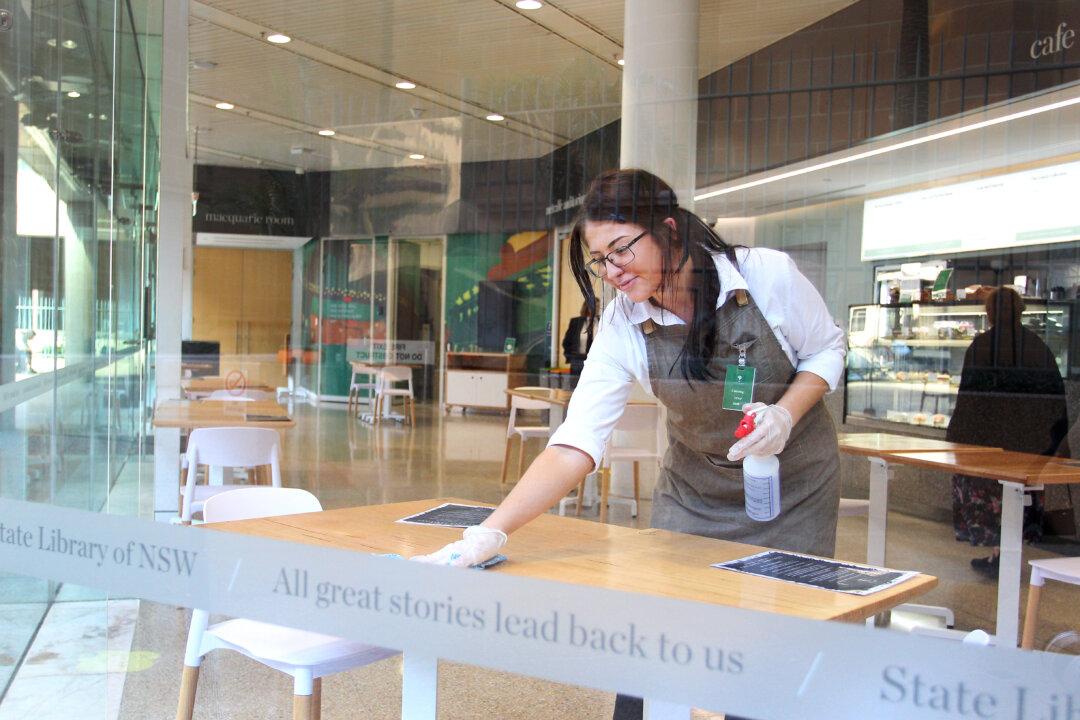Australia’s hiring outlooks are improving as over two-thirds of employers intend to recruit more workers over the June 2023 quarter.
The Quarterly Australian Work Outlook Report, published by the Australian HR Institute (AHRI) on May 16, surveyed 60,600 HR and business leaders in Australia.
The report showed that 69 percent of organisations are planning to hire compared to six percent of employers who are planning redundancies.
Notably, nearly half (46 percent) of businesses prefer to recruit casual workers mainly to manage short-term fluctuations in demand. Other reasons include providing flexibility for the individual, managing changes in business conditions and employee preference.
Sarrah McCann-Bartlett, CEO of AHRI, said, “Everybody is looking for flexibility of some sort.”
“Now we know that a high proportion of jobs in Australia can’t be done from home. There’s a lot of discussion about working from home, but only office workers can work from home,” she told Melbourne’s 3AW Radio on May 16.
“Most of our employees around Australia are frontline workers who actually have to be in the workplace.”
“But flexibility used to be a benefit. And it used to be something that was discretionary. That’s moved over to the must-have bucket, so everybody is expecting some kind of flexibility, whether it’s working from home, whether it’s flexible working hours, whether it’s compressed working weeks, everybody’s looking for some sort of flexibility.”




